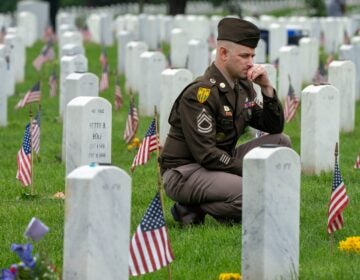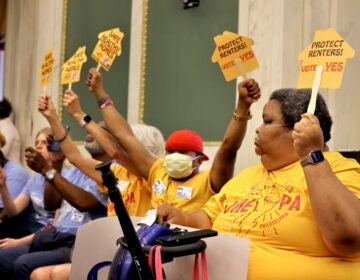Philly bike race officials announce changes to 2012 race
Tough economic times have triggered some noticeable changes to this year’s edition of the Philadelphia International Cycling Championship.
For the past 27 years, competitors pedaled a total of 156 miles during the race. This year, riders will only cover 124 miles.
The reduced distance is largely the result of cutting three 14.7-mile laps from the competition. Racers this year will only make seven trips from the Ben Franklin Parkway to Manayunk, instead of the traditional 10.
There will be, however, more closing circuits this year – five instead of three. The quintet of three-mile loops between the Benjamin Franklin Parkway and Lemon Hill follow the completion of the larger loops.
Pro Cycling Tour President David Chauner said the decision to restructure the race stemmed from a need to try and offset increased city services costs and reduced sponsorships this year.
“We used to have an opportunity or a relationship with the city where they were able to sponsor the race, reduce the cost in exchange for the value the race brings to the city,” said Chauner. “Now the policy is that events need to pay dollar for dollar for the city services cost.”
City services for the race, which include, among other things, police patrols, can cost between $200,000 and $300,000, according to Chauner. He said that range represents an approximately 40 percent increase over the past four years. The annual race budget is $1.2 million.
To help generate revenue, Pro Cycling Tour has helped organize the Bicycling Magazine Open, which gives amateur cyclists the opportunity to ride on the closed-circuit professional course for up to three laps.
The event, which will run between 7 and 10 a.m. on June 3, when the men’s race begins, has an $80 registration fee.
Organizers will also continue the Embrace the Race campaign. The campaign asks local businesses to sponsor the race by purchasing jars of 120 “embracelets” for $500. Participating businesses then sell the rubber wrist bands, akin to the yellow Livestrong bracelets, for $5 each.
“We’ve never really looked at that as a source of revenue, but now we have to look at all sources,” said Chauner.
Despite the financial setbacks, Chauner said the race will be more exciting this year, noting that the new look should attract a larger audience.
“It’ll make it a faster race, a little more competitive and it’ll give spectators a chance to get down and see them finish in those closing laps for a longer period of time,” he said. “It makes for a much more dramatic finish.”
WHYY is your source for fact-based, in-depth journalism and information. As a nonprofit organization, we rely on financial support from readers like you. Please give today.




